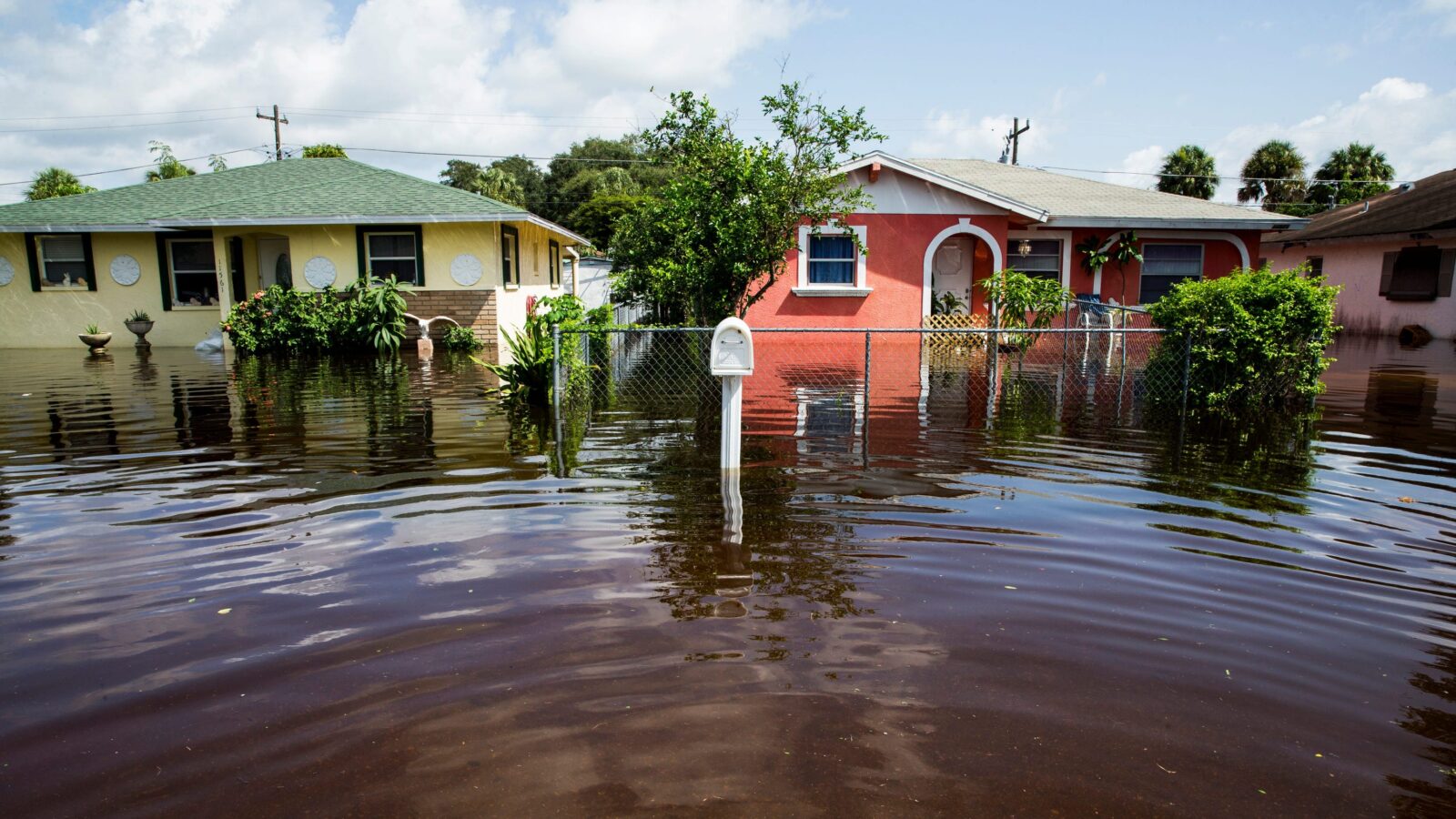
Rebuilding with Resilience: FEMA Tackles Climate Change RisksRebuilding with Resilience: FEMA Tackles Climate Change Risks The insanity of rebuilding coastal homes repeatedly in the same flood-prone areas is finally being addressed. The Federal Emergency Management Agency (FEMA) has implemented the Federal Flood Risk Management Standard (FFRMS), incorporating future climate change projections into its project assessments. FFRMS allows FEMA to expand floodplains and increase flood elevation expectations. This may require relocating structures or elevating them on raised foundations. Surprisingly, adding two feet of elevation adds only a small percentage to the cost. Previously, FEMA protected noncritical projects against 100-year floods. However, climate change is rendering these calculations obsolete, with such floods now occurring more frequently. FEMA estimates the stricter standard will cost only $150 million over a decade, a fraction of the billions spent on disaster relief and potential savings from avoided rebuilding. The new rule takes effect on September 9, coinciding with the peak of the hurricane season. It’s a crucial step in addressing the growing risks of climate change and protecting communities and taxpayers. FEMA’s action demonstrates that it’s no longer acceptable to rebuild in the same flood-prone areas without considering the future impacts of rising sea levels and increased precipitation.
As far as insanity goes, there is no better definition of it than rebuilding houses destroyed by coastal flooding in exactly the same place and in exactly the same way over and over again, even as the sea level rises around them.
The Federal Emergency Management Agency is finally acknowledging that bit of government chicanery and taking action against the rising risks of climate change. In response to an executive order from President Biden, the agency announced the implementation of the Federal Flood Risk Management Standard (FFRMS), which allows FEMA to consider both current and — oh boy — future risks when considering a rebuilding project.
This means that the best predictions of sea level rise are now actually being incorporated into their assessments.
“FFRMS allows us to increase resilience in flood-prone communities by taking future flood risks into account as we rebuild structures after a disaster,” FEMA Administrator Deanne Criswell said in a news release Wednesday. “This is a huge win that also allows us to end the repeated cycles of loss that result from flooding, increasing the safety of families and saving taxpayer dollars.”
FFRMS lets FEMA expand the defined floodplain area based on projections, and also increase the expected flood elevation. This may mean moving a rebuilt structure entirely, or somehow building it on raised foundations to exceed those elevations; the agency has found that adding two feet of elevation to a structure adds less than two percent to the cost. (Of course, two feet ultimately won’t be enough in many places; we’ll take what we can get, I guess.)
Before FFRMS, FEMA had to protect “noncritical” projects to withstand a 100-year flood, or a flood with a 1 percent chance of happening every year. But without accounting for sea level rise or increased precipitation from climate change, those calculations are off from the start: What used to be a 100-year flood is increasingly becoming a 25-year event, or a 10-year event, or more or less “Tuesday.”
“The human and economic costs of flooding are devastating and will only increase in the years ahead as the impacts of climate change intensify and reach more communities,” said Homeland Security Secretary Alejandro Mayorkas (FEMA is part of DHS). “We cannot remain passive as climate change threatens the safety and security of the American people and our homeland.”
FEMA estimates that the stricter standard will cost about $150 million over a decade. That’s a paltry sum, both compared to the nearly billion dollars in annual disaster spending and when you consider how much could be saved by avoiding repeated reconstruction efforts.
The new rule goes into effect on September 9. Incidentally, the historical peak of the hurricane season is September 10.